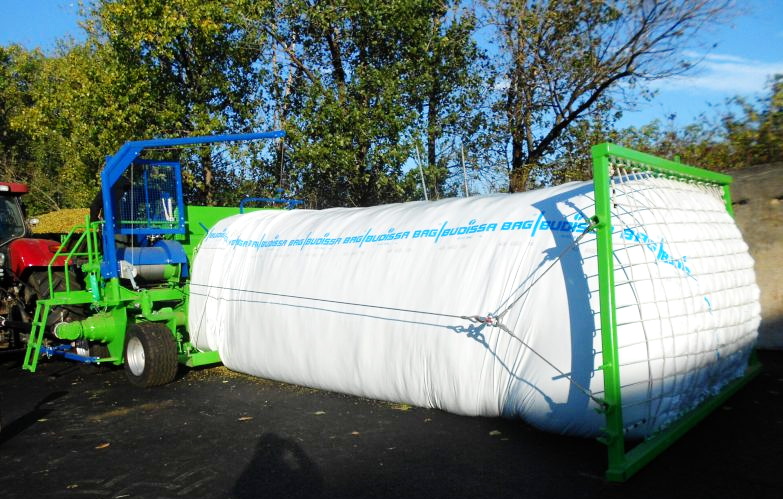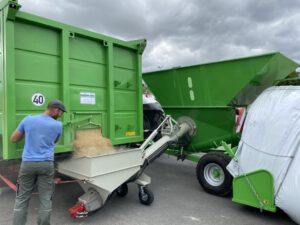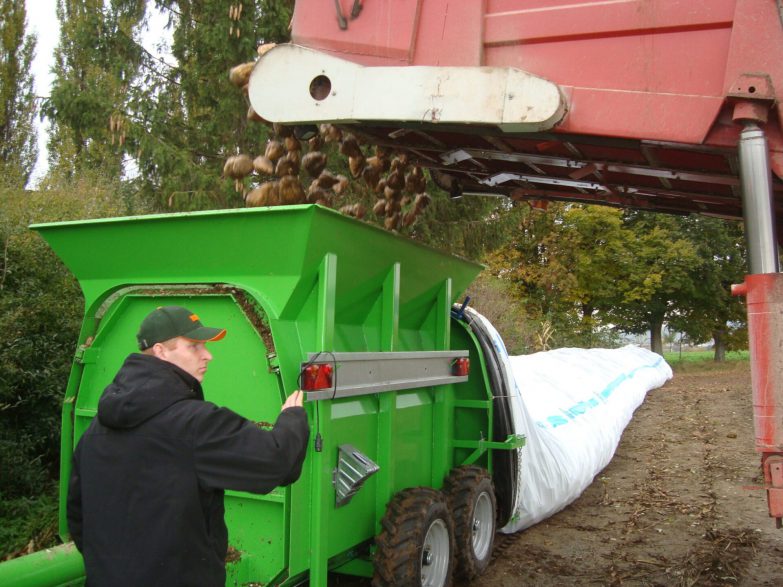For which feed are you looking for the right machine?
Feed conservation in plastic bags
Rotor Bagger
with backstop or anchor
for ensiling all kinds of feedstuff like grass, alfalfa, sugar beet pulp and many more
Grain storage
Grain Bagger
with hopper and auger
for storing of human and feeding grain, corn and other bulk materials (fertilizer, pellets, salt)
Brewer's grains and by-products
Truck Bagger
Truck tipping with tunnel adapter
for brewers grain, wet & bulk materials
Wet grain conservation
Grinder Bagger
the roller mill
for milling and grinding dry & wet grain, corn, peas, canola seed
Whole beet and potatoes
Push Bagger
with pushing shield
for composting & storing whole sugar beets and potatoes
Used machines
Technikbörse
Used machines













